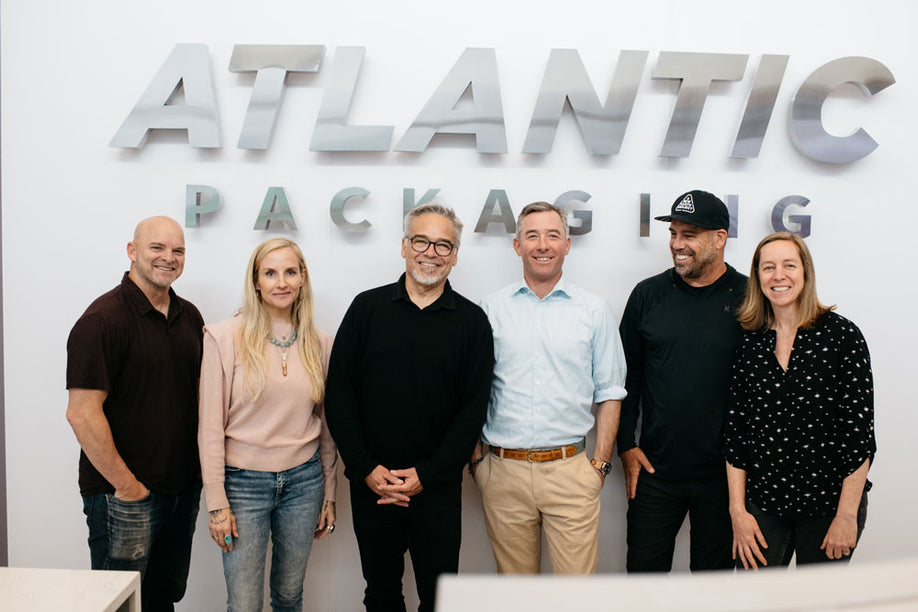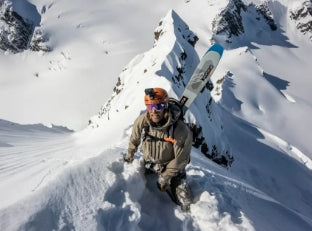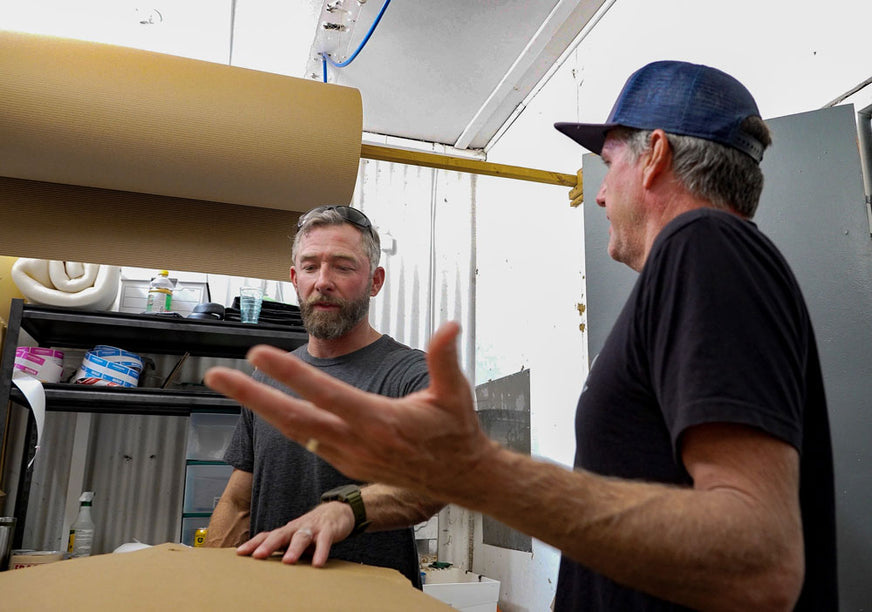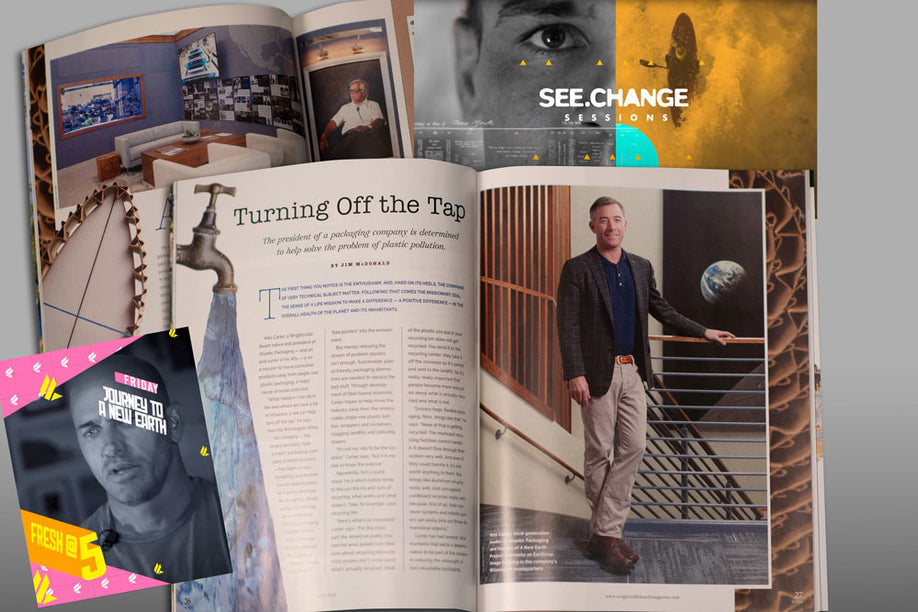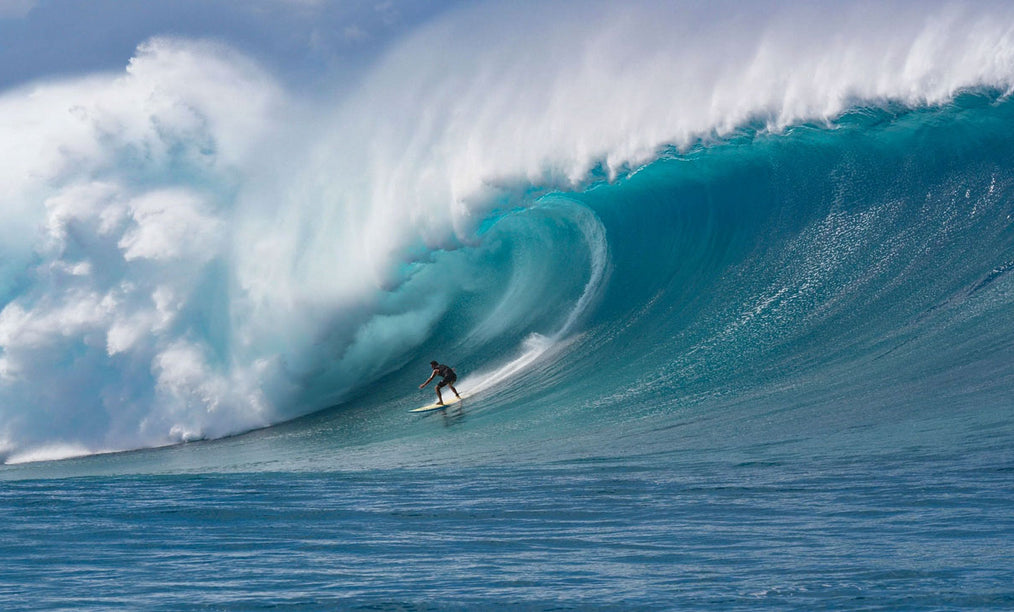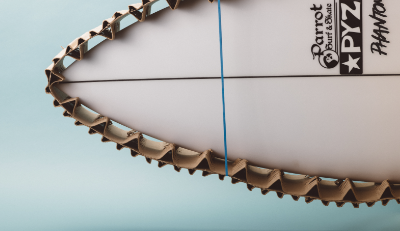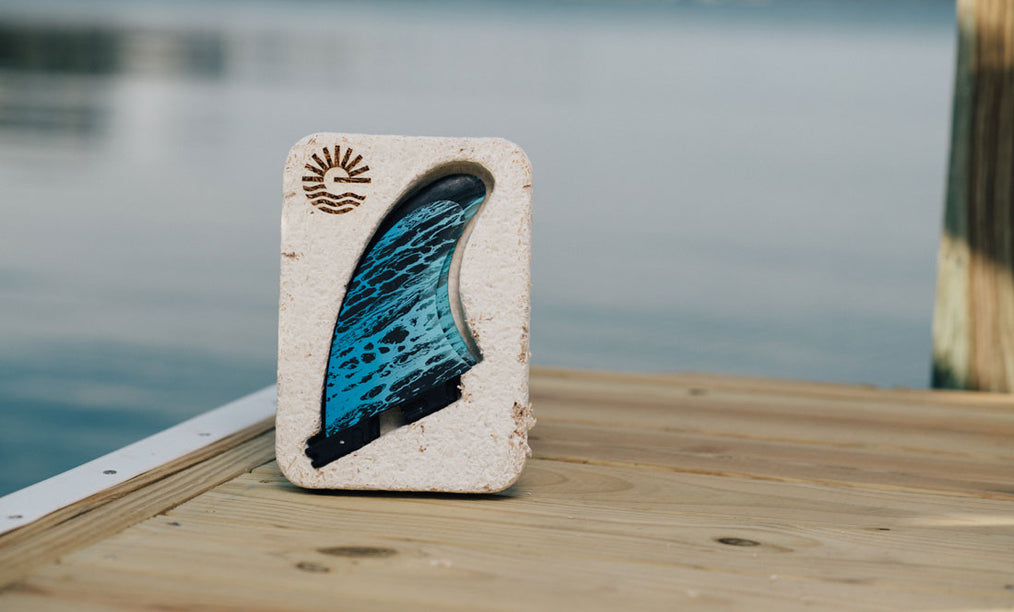"I was six years old when I decided the only thing I want to be in life is a skier," says Cody Townsend. "It felt almost biological."
Considering he was named after a 10,000 plus foot peak in Wyoming's Teton range, he's probably correct. "Apparently, my mom was eight months pregnant with me, and they didn't have a name yet. They looked over and saw Cody Peak from the top of Jackson Hole and that was it," he explains.

Still, it's doubtful his parents realized their son would be dropping down that peak two decades later as one of the best freeskiers in the world.
They likely envisioned his early path, as a lycra-sporting downhill racer.
While he grew up in Santa Cruz, California, Cody fell in love with anything that would keep him in the mountains during his early years. Youth ski programs were the natural first step. "At one point you choose between moguls or racing. I was already doing pretty well with racing so I just rolled with it."
His jump from pretty good to damn good happened within a few short years. By the time he was 16 there was one point where he was ranked No. 1 in the world, and the Olympics were within eyesight. His training routine got pretty serious after that.
"I'll never forget being 19-years old, being in a race on the Olympic venue before the Olympics, and getting clocked through the finish line at 93 miles an hour," he says, smiling. "I mean, if feels like Formula One racing where you are just holding on for dear life on these giant 220 centimeter skis...it's one of the coolest things ever."
Unfortunately for Cody, huge downhill races on Olympic size courses only occurred a few times a year. Meanwhile, the daily training on small slalom courses (which didn't produce nearly the same joy) were more of soul-sucking grind, especially since there was a counter-culture revolution underway on the same slopes where Cody was training.
Ski resorts were still famous for their snooty traditions while Cody was coming of age. So when snowboarders burst onto the scene as mountain misfits, it caused quite a stir. Eventually, their numbers (and wallets) became impossible for resorts to ignore, and they begrudgingly began to cater to them by adding park features and half pipes.

Not surprisingly, skiing had its share of misfits too. And when they weren't jumping off cliffs or chasing fresh powder they started loitering in the parks, creating their unique form of performance art to half pipes and rails.
Up in Tahoe, where Cody trained, this freeskiing movement was being spearheaded by Shane McConkey, JT Holmes, and Scott Gaffney, who were attacking every type of terrain imaginable: dropping off cliffs, plowing through powder, jumping off roofs, twisting through halfpipes, and tackling crazy backcountry lines.
"I was like, 'I want to jump off cliffs, ski pow, and throw backflips,'" Cody recalls. But even joking about such impulses would piss off his coaches.
Fortunately for Cody, his sponsors were far more flexible. "During a race in Aspen I asked my team manager, 'If I switch over to free skiing will you guys still sponsor me?' And he was like, 'Yeah, for sure. We'd probably even pay you.'"
To this day, Cody remembers exactly what he was feeling when he heard those words. "I can still picture it," he says. "I know exactly every moment of that conversation...It was that impactful to be like, 'Yeah, you're done, you can go be a freeskier.'"
Granted, freeskiing also has competitions thanks to the X-Games and Dew Tour, but the path Cody was more interested in pursuing was making freeskiing movies. After all, there's a rich tradition of ski movies carrying huge cultural weight within the community and industry.
Thanks to his disarming personality and charm, Cody's transition was a smooth one. "But I had a lot to learn," he says. "There's a whole art to being in front of the lens, and bringing your personality."

Over the next decade Cody earned a lot of accolades and awards for his performances in ski films. But as the envelope of performance was constantly being pushed, the risk factors kept rising. Tragedies started to pile up.
"A lot of my friends were dying in this process," Cody explains. "And I saw this path, going like, 'You're going to try to top this?'"
In 2014, Cody struck career gold when he released a mind blowing clip of himself dropping seemingly out of the clouds down a harrowing Alaskan chute, dubbed "The Crack."
Shot from a variety of angles, including his POV GoPro footage, the clip went insanely viral. As of today, it's racked up about 20 million views. Sports Center, Good Morning America, and a bunch of other outlets blasted it out to their viewers as well, and Cody collected a bevy of fresh ski industry awards as a result.
Naturally, everyone wondered what he was planning next.
"And I didn't know," he recalls. "I didn't have anything else deep inside me that I wanted to do...I kind of tapped what I thought was my potential...And I just, my heart wasn't there to keep pushing it in that sort of way."
The following year Cody didn't film at all.
He did, however, make his first expedition to Svalbard, Norway, an island in the North Atlantic 1200 miles north of Oslo, about as far north as you can travel.
The temperature never got above -21 in Cody's tent, yet he was mesmerized by the new experience.
"I was like, 'There's so much about these mountains I don't know...There's a subtlety that I've been able to skip because of using mechanized access. And I felt like a complete newbie out there when I started climbing for my own line."
Cody did a lot more camping in the mountains over the next few years, approaching his ski lines from a more holistic, bottoms-up approach. The more he hiked his hills the more his fascination with them grew.
"The first time I understood how Alaska snow is so magical is when I spent two weeks camping on a glacier," he explains. "I'd been there for ten years, and in two weeks I figured out way more than ten years of heli-skiing. And it's a really cool feeling."
Eventually, an old book on Cody's shelves began to speak to him.
"The 50 Classic Descents of North America" is the definitive bucket list of renowned backcountry ski lines, from easy classics, like Mount Shasta, to the much more menacing peaks in Alaska and Canada.
When it was initially released it didn't resonate with Cody at all. "But as I started to explore the human powered style of skiing, I kept opening the book again and again and some of the lines just really hit me."
Slowly, an idea began to take shape, but it had layers, complicated layers, which involved acquiring a whole new set of mountaineering skills with ice axes and ropes.
Truth be told, his idea marinated for a couple of years as he thought it through. Once he convinced himself he wanted to do it, to climb and ski all 50 lines, the next part was convincing his sponsors it was something his followers would be interested in.
Remember, Cody was famous for crazy downhill feats. Whether anyone was interested in watching him suffer his way up 50 different mountains before skiing down them was a valid question.
Fortunately, the answer came quickly.
Cody's YouTube series, "The Fifty," is an absolute smash hit, and has been from the start, averaging more than 350,000 views per episode.

By reinventing himself again, his skiing career is in the stratosphere, having come full circle. Had you told the younger downhill version of Cody that one day he'd be making a living in his late 30s suffering up mountain peaks he would have never believed it.
To date, Cody has completed 40 of the descents, and each of the episodes is a rollercoaster of emotions, from humor and anxiety to terror and awe, with lots of self awareness thrown in for good measure.
According to Cody, three of the final 10 missions are about as difficult as the rest, combined, "So things are going to slow down a bit from here," he explains. None of that seems to bother his fans, who quite honestly, don't want to see this series end.

Cody's achievements are awe inspiring partly because his humility seems to grow with each one. During his trip up to Mt Saint Elias, in Canada, he and his team narrowly escaped an avalanche after getting lost in clouds near the summit, then, once off the mountain, found themselves stranded on a beach in bad weather for seven days.
After finally being plucked from that beach, Cody boarded a cushy commercial flight headed for home. He struck up a conversation with a man next to him, a native Alaskan Yakutat. That man's family lived in same area where Cody and his team were stranded for thousands of years...and thrived. In a flash, Cody's entire misadventure became laughable.
"Our depth of knowledge now is so thin compared to some of the things that you learn from indigenous culture," he explains. "And it's really cool to understand that, y'know, we don't need GPS and satellites to be able to navigate through the mountains. You just need the lessons the mountain can teach you, the animals can teach you, the natural world can teach you, and you can pass these lessons down through generations."
To that end, Cody's concern for the environment is becoming a larger part of his life too. "You know, my carbon footprint was pretty massive during those years of helli-skiing," he says. "I think I'm making up for that now."
Looking back, the whole outdoor industry went through a period of excess during the early part of his career, with tons of brands going public and focusing purely on growth. "There was always the next new thing, the best new thing, whether that was the act of doing something or the goods that you were making to do those things," he says.
Cody has become an advocate for A New Earth Project in order to help brands find more sustainable packaging, which is a huge piece of the plastic pollution problem. "If we're going to producing these goods we got to do it in a less impactful way," he explains. "If every jacket and every ski an outdoor company makes us shipped in a plastic bag, that's awful. Like, why are we doing this? Why are we literally making a direct threat to the sport we love?"
"And what I saw with the New Earth Project, and talking with Wes [Carter] in the very beginning was: 'Here's a guy and here's a company that wants to be that change.' We need leaders and leadership at these big companies that make this transition. And that's what I've seen with a new Earth project, so I'm here to support that change."
Welcome to the team, Cody!

